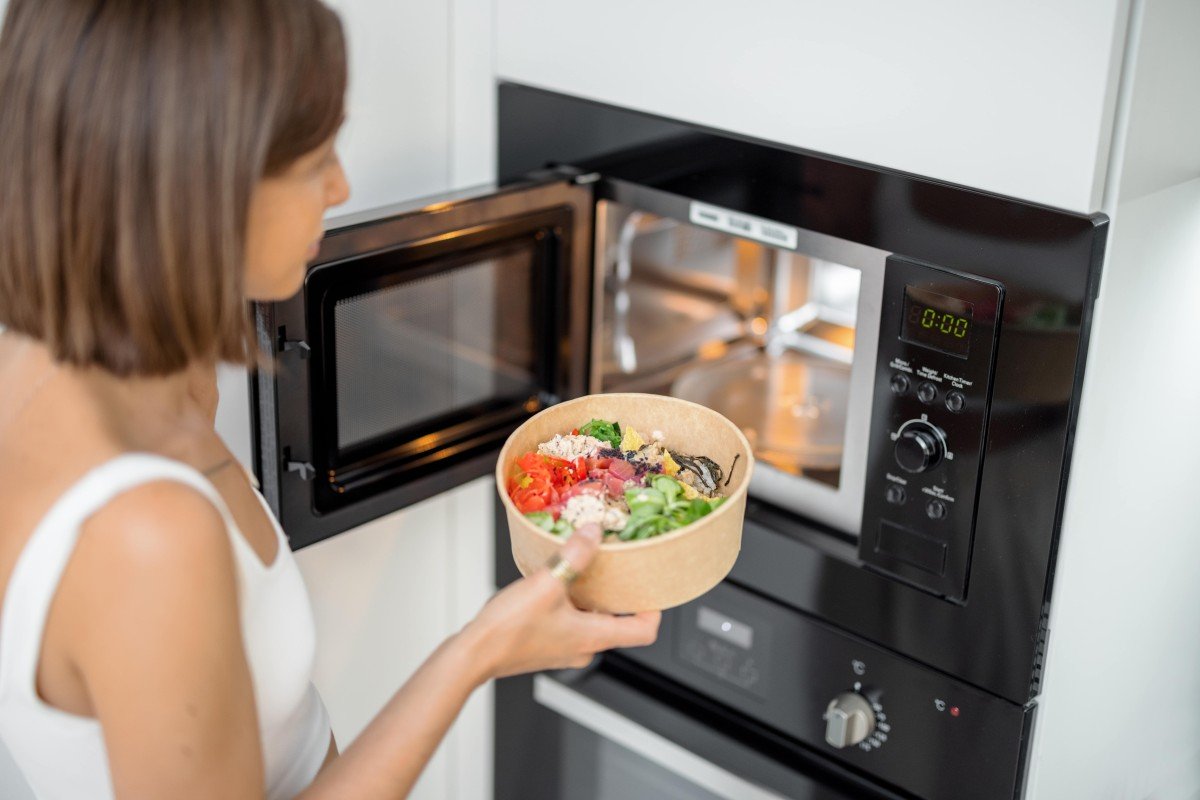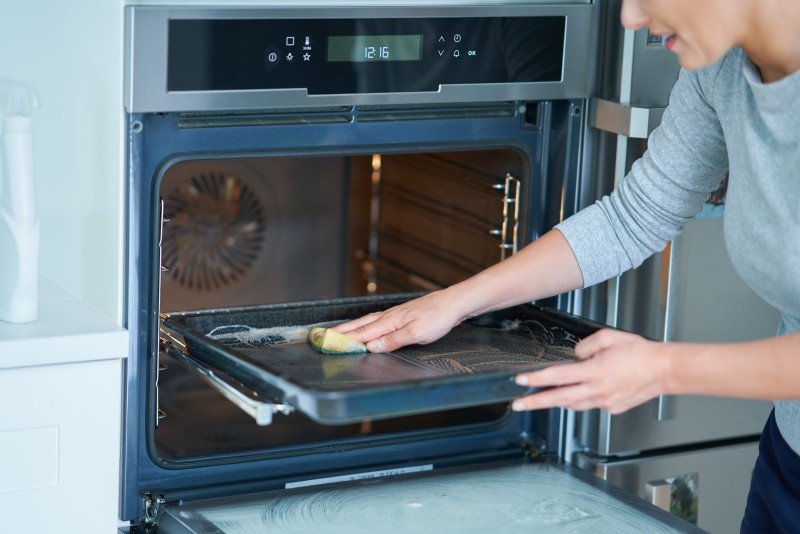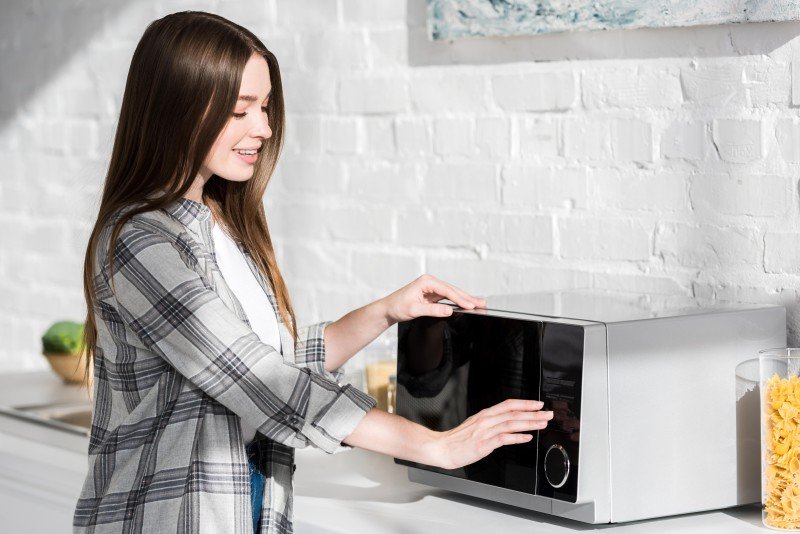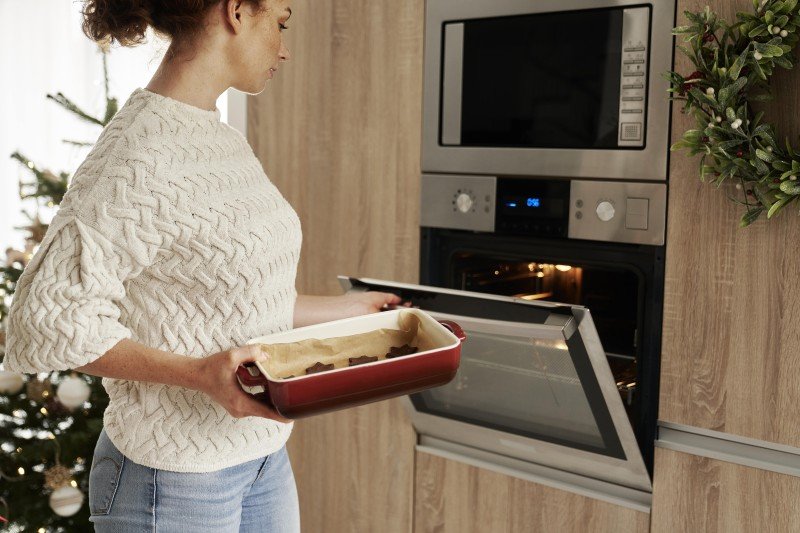Built-in integrated microwave ovens have revolutionized the way we cook, offering a wide range of features and functionalities that make meal preparation a breeze. From reheating leftovers to defrosting frozen foods, these appliances are a must-have for any modern kitchen. In this comprehensive guide, we will explore the benefits of built-in integrated microwave ovens, the various types available on the market, installation considerations, maintenance tips, and much more.
The Advantages of Built-in Integrated Microwave Ovens
Built-in integrated microwave ovens offer a multitude of benefits that make them a popular choice among homeowners. Let's take a closer look at some of the advantages of these innovative appliances:
1. Space-Saving Design
One of the main advantages of built-in integrated microwave ovens is their space-saving design. By combining the functions of a microwave and an oven into a single appliance, homeowners can free up valuable counter space in their kitchens.
2. Versatility
Built-in integrated microwave ovens are incredibly versatile, allowing users to perform a wide range of cooking tasks with just one appliance. From baking and roasting to steaming and grilling, these ovens can do it all.
3. Modern Aesthetic
With their sleek and modern design, built-in integrated microwave ovens add a touch of sophistication to any kitchen. These appliances seamlessly blend with the surrounding cabinetry, creating a streamlined and cohesive look.
4. Time-Saving
Built-in integrated microwave ovens are designed to cook food quickly and efficiently, saving users valuable time in the kitchen. Whether you're reheating leftovers or defrosting frozen foods, these appliances can get the job done in a fraction of the time it would take with a traditional oven.
5. Energy-Efficient
Unlike traditional ovens that take time to preheat and consume a significant amount of energy, built-in integrated microwave ovens cook food much faster and more efficiently. This can help homeowners save on their energy bills in the long run.
Types of Built-in Integrated Microwave Ovens
When it comes to built-in integrated microwave ovens, there are several types to choose from, each offering its own set of features and functionalities. Some of the most common types include:
1. Conventional Microwave Ovens
Conventional microwave ovens are the most basic type of built-in integrated microwave ovens available on the market. These ovens are designed for simple tasks such as reheating leftovers and defrosting frozen foods.
2. Convection Microwave Ovens
Convection microwave ovens combine the functions of a microwave and a convection oven, allowing users to cook food quickly and evenly. These ovens are ideal for baking, roasting, and grilling.
3. Grill Microwave Ovens
Grill microwave ovens feature an integrated grill function that allows users to achieve a crispy and golden-brown finish on their food. These ovens are perfect for preparing dishes such as kebabs and sandwiches.
4. Combination Microwave Ovens
Combination microwave ovens combine the functions of a microwave, grill, and convection oven into one appliance. These versatile ovens offer users the flexibility to cook a wide range of dishes with ease.
Installation Considerations
Before purchasing a built-in integrated microwave oven, there are several installation considerations to keep in mind. Here are some key factors to consider:
1. Size and Space
It's important to measure the available space in your kitchen to ensure that the built-in integrated microwave oven you choose will fit properly. Be sure to take into account the required clearance space for proper ventilation.
2. Power Supply
Make sure that your kitchen has the necessary power supply to support the built-in integrated microwave oven. Most ovens require a dedicated circuit to operate efficiently.
3. Ventilation
Proper ventilation is essential when installing a built-in integrated microwave oven to prevent overheating and ensure optimal performance. Be sure to follow the manufacturer's guidelines for ventilation requirements.
4. Mounting
Depending on the design of your kitchen, you may need to consider the mounting options for your built-in integrated microwave oven. Whether you choose a wall-mounted or cabinet-mounted installation, make sure it is secure and stable.
5. Electrical Wiring
If you are not familiar with electrical wiring, it is recommended to hire a professional electrician to install the built-in integrated microwave oven. This will ensure that the appliance is connected safely and correctly.
Maintenance Tips for Built-in Integrated Microwave Ovens
Proper maintenance is essential to ensure the longevity and performance of your built-in integrated microwave oven. Here are some key maintenance tips to keep in mind:
1. Regular Cleaning
It's important to clean your built-in integrated microwave oven regularly to remove any food debris or spills. Use a mild detergent and warm water to wipe down the interior and exterior of the oven.
2. Check Door Seals
Inspect the door seals of your built-in integrated microwave oven for any signs of wear or damage. Damaged seals can affect the performance of the oven and should be replaced if necessary.
3. Run a Self-Cleaning Cycle
Many modern built-in integrated microwave ovens feature a self-cleaning cycle that helps to remove grease and food residue from the interior of the oven. Run this cycle regularly to keep your oven clean and hygienic.
4. Inspect Ventilation
Check the ventilation system of your built-in integrated microwave oven to ensure that it is free of obstructions. Proper ventilation is essential for the oven to function efficiently and prevent overheating.
5. Test the Functionality
Periodically test the functionality of your built-in integrated microwave oven by reheating a cup of water. This will help you identify any issues with the heating elements or controls that may need to be addressed.
Additional Features to Consider
When shopping for a built-in integrated microwave oven, there are several additional features to consider that can enhance the functionality and convenience of the appliance. Some popular features include:
- Sensor Cooking: This feature automatically adjusts the cooking time and power level based on the type of food being cooked, ensuring perfect results every time.
- Child Lock: A child lock feature prevents accidental operation of the oven by young children, providing added safety and peace of mind.
- Auto Defrost: Auto defrost presets allow users to quickly and easily defrost frozen foods without the hassle of manually setting the time and power level.
- Multi-Stage Cooking: This feature allows users to program multiple stages of cooking at different power levels, eliminating the need to monitor the oven during the cooking process.
- Touch Controls: Touch control panels make it easy to navigate and select cooking settings, offering a sleek and modern alternative to traditional dials and buttons.
FAQs About Built-in Integrated Microwave Ovens
1. Can a built-in integrated microwave oven replace a traditional oven?
Yes, built-in integrated microwave ovens are designed to perform many of the same functions as traditional ovens, making them a versatile and space-saving alternative.
2. What size built-in integrated microwave oven should I choose for my kitchen?
The size of the built-in integrated microwave oven you choose will depend on the available space in your kitchen and your cooking needs. Be sure to measure the space carefully before making a decision.
3. Are built-in integrated microwave ovens energy-efficient?
Yes, built-in integrated microwave ovens are typically more energy-efficient than traditional ovens, as they cook food faster and require less time to preheat.
4. How do I clean the interior of a built-in integrated microwave oven?
To clean the interior of a built-in integrated microwave oven, simply wipe down the surfaces with a mild detergent and warm water. You can also use a microwave-safe cleaning solution for tougher stains.
5. Can I install a built-in integrated microwave oven myself?
While it is possible to install a built-in integrated microwave oven yourself, it is recommended to hire a professional installer or electrician to ensure that the appliance is connected safely and correctly.
6. How long do built-in integrated microwave ovens typically last?
With proper maintenance and care, built-in integrated microwave ovens can last anywhere from 10 to 15 years. Be sure to follow the manufacturer's guidelines for maintenance to prolong the life of your appliance.
Built-in integrated microwave ovens offer a convenient and efficient cooking solution for modern kitchens. With their space-saving design, versatile functionality, and sleek aesthetics, these appliances are a popular choice among homeowners looking to streamline their cooking experience. By following the installation considerations, maintenance tips, and additional features outlined in this guide, you can choose the perfect built-in integrated microwave oven for your kitchen and enjoy years of hassle-free cooking.







